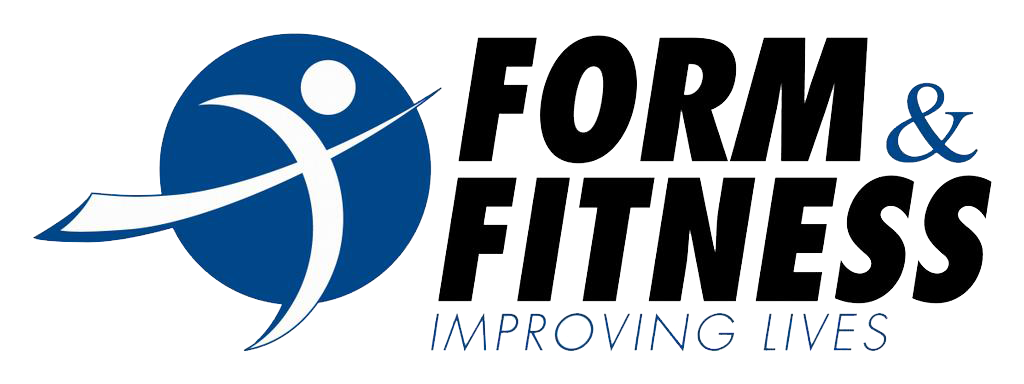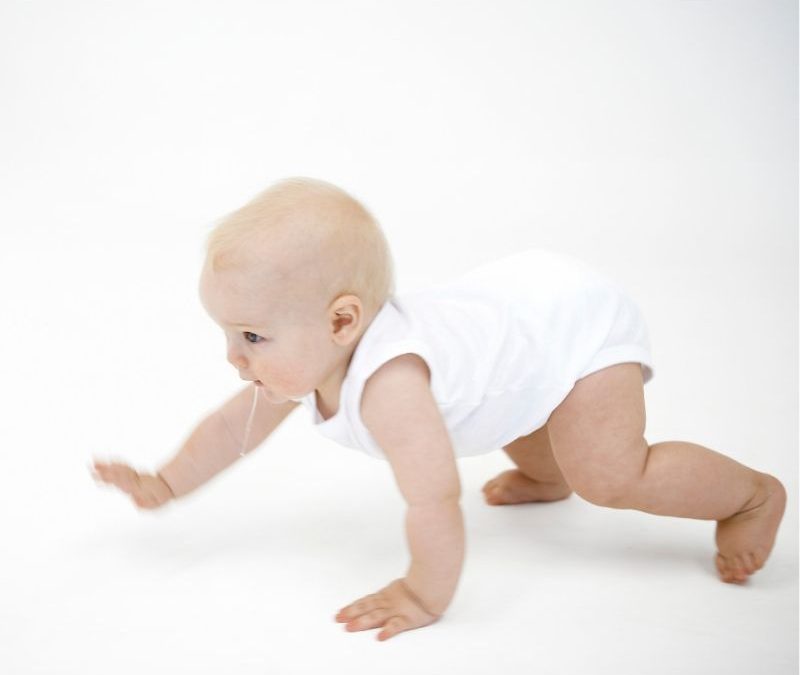Source: https://breakingmuscle.com/fitness/regain-and-build-your-original-strength-through-crawling
In the last three years, there has been a lot of attention given to crawling within the fitness industry. Crawling, the developmental movement pattern that we were all given the ability to perform, is being touted as a rehabilitative, restorative, and even a performance-enhancing movement. Some people are even calling crawling one of the best strength training exercises a person can perform. It is really quite laughable when you think about it: “Crawling, like a baby, can help your body heal and make you stronger and more resilient.” It would even be hysterical, if it weren’t for the fact that is true.
Yes, crawling, a seemingly childish and foolish “exercise,” could be the one thing that improves your health, your strength, your mobility, and your performance in any athletic area. It could even improve your ability to think, focus, and reason.
I know what you are thinking, and yes, I am serious.
The Benefits of Crawling
Crawling is a developmental movement pattern that ties everything about you together. In developing children, crawling activates and integrates the different parts of the brain. Through crawling, neural connections and pathways are established in the brain that allow the brain to become more efficient at communication between the left and right hemispheres. The better the brain can communicate and process information, the better the body moves.1 Crawling also unites your sensory systems. It integrates your vestibular system (your balance system), your proprioceptive system (your sense of self in space, or your self awareness system), and your visual system (your visual system). It can even improve your hand eye coordination.2

Perhaps the greatest benefit to crawling is that it builds a foundation of reflexive strength, the original strength you were born to develop. Your reflexive strength, also known as your reflexive stability, is your body’s ability to anticipate movement before it happens and/or reflexively react to movement as it happens. The faster your reflexes are, the more resilient you are. Your reflexive strength is your foundation of strength. If you are lacking reflexive strength, you cannot be as strong and as mobile as you are meant to be.
Imagine that your body was one big “X.” It is in the center of your “X” that your body transfers the forces that you generate from one side to the other, from the bottom of you to the top of you. In other words, the center of your body is where the powerful forces you generate intersect and cross over. The more solid your center, the better the forces that you generate, or forces that you encounter, can be transferred. If your center is not solid, those forces could end up going into areas you don’t want them to go and this could lead to injury. The more solid your “X,” the more resilient and capable you are. Having your reflexive strength is having a solid center, and having a solid center is having a body that is strong and mobile – a body without limits.
Yeah, but how does crawling tie your body together?
The Foundation of Your Gait
Crawling is the foundation of your gait pattern. It is the contra-lateral movement (coordinated opposite limb movement) that our walking pattern is built upon. Crawling teaches our shoulders and our hips how to work together in a coordinated fashion – it “ties” them together. Crawling also reflexively stimulates the muscles throughout your arms, legs, and torso to fire through the sensory nerves, or mechano-receptors, in our hands and feet. These sensory nerves act like buttons. When these buttons get pressed, the muscles throughout the body instantly contract.
Every step you take, every time your hands touch the ground, you are reflexively firing the muscles throughout your body. Every step makes your reflexes just a little more efficient, just a little more crisp. This is gentle strength training – foundational strength training.
Crawling is also a reset for your central nervous system. It restores your central nervous system, lowers your stress levels, and allows you to recover faster from the rigors of your training or your day-to-day life.

Babies Crawl, Adults Walk
Yes, babies were meant to crawl and adults were meant to walk. You are right. But be honest, how much walking do you do? And is the walking you do the walking that is built off a foundation of crawling? Do your shoulders and hips work together in a deliberate, coordinated, contra-lateral fashion? Walking is supposed to be a reset, a restorative movement that keeps our nervous system operating at peak levels. Walking is also supposed to keep our bodies tied together by keeping us reflexively sharp. But most of us don’t walk like that. Most of us might need to go back and reestablish that crawling pattern that walking was meant to be built upon.
Crawling is hardwired into each one of us. Even though we are no longer children, the program for crawling is inside of us today. Even if you skipped crawling as a child for whatever reason, you still have the “crawling program.” That program still works. You may have to dust it off a little, but it will still tie your body together in the same way that it did when you were a child. It will still nourish your brain and intimately integrate it with your body. Crawling can even still help improve your hand-eye coordination. Everything it once did, it can still do. You were made to crawl. It is the pattern that was designed to keep you healthy, strong and resilient throughout your entire life.
Don’t believe me? Do you think you being able to Spiderman crawl for a mile might indicate health and strength?
Regaining Your Original Strength
If you have mobility restrictions, if you have nagging pains and injuries, if you feel fragile at times, it may be simply because you are lacking your reflexive strength – your original strength. You can regain the reflexive strength you were meant to have. Crawling can help you restore your original strength and allow you to improve your life in many areas. Your physical strength will improve, your mobility will improve, your mental focus will improve, your response to stress will improve and so will your mood. When you are moving better and feeling better, it is easier to be in a good mood.
Test this out for yourself and see what crawling can do for you. Yes, it is childish, but the ways of a child are much simpler and wiser than our ways today. Children develop and build strength the right way – on a solid foundation. It is like building a house on rock. It will last. As adults, we try to add strength to a faulty, eroded foundation. It is like trying to build a house on sand. It doesn’t work too well. To be as strong as we were meant to be, we need a very solid foundation.
Over the next four weeks, I will introduce you to a crawling progression program. This program is designed to help you rebuild your solid foundation of strength, your reflexive strength, and help you regain the resiliency you were meant to have. The hope of this program is to help you improve your physical performance in whatever area you are passionate about, but ultimately, my desire is that it simply improves your life and allows you to live without limits.
If you embark on this program over the next four weeks, pay attention to how you feel and don’t be surprised if you hit personal records in lifts or activities that you’ve never reached before. Resetting the nervous system and restoring reflexive strength doesn’t have to take a long time before the benefits come calling. The more you crawl, the more you establish, restore, and cement your reflexive strength. Owning your reflexive strength is like takes the brakes off your body. In the beginning, we will start out easy and establish our crawling pattern. In the end, if you make it to the end, you will be strong enough to do almost anything.
Again, crawling improves and integrates the whole person, the whole you. What do you think? Are you up for the challenge? Don’t let the simplicity keep you away.
References:1. Carla Hannaford, Smart Moves (Salt Lake City: Great River Books, 2005), P. 131.
2. Carla Hannaford, Smart Moves (Salt Lake City: Great River Books, 2005), P. 112.











Recent Comments